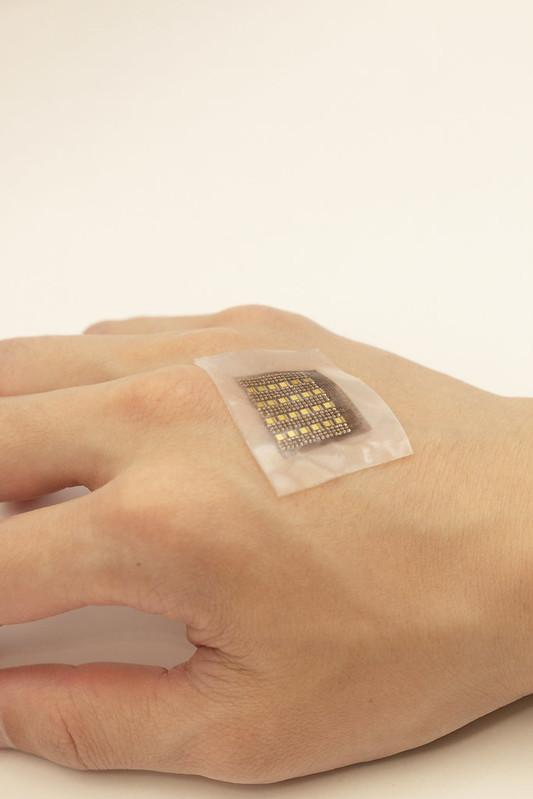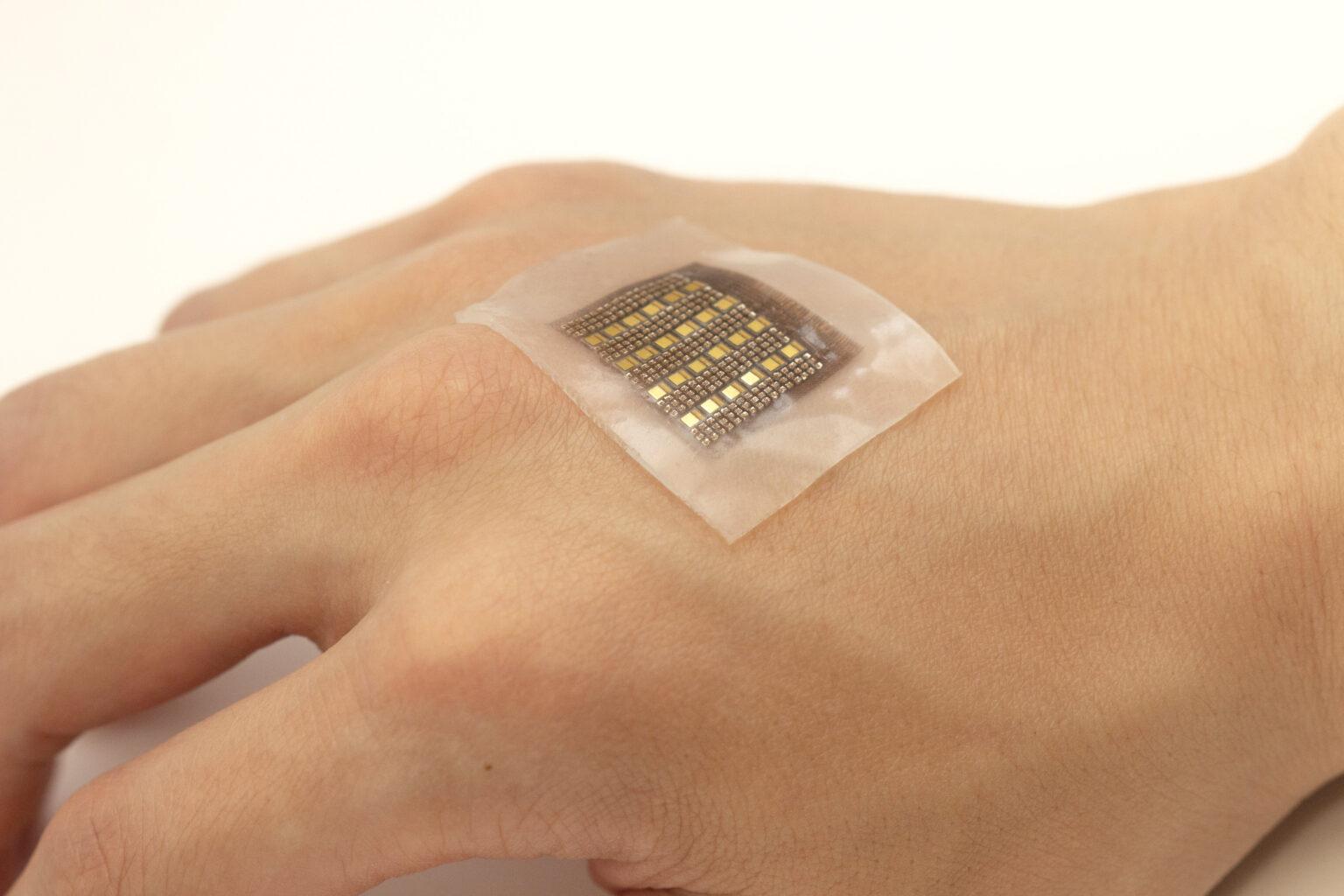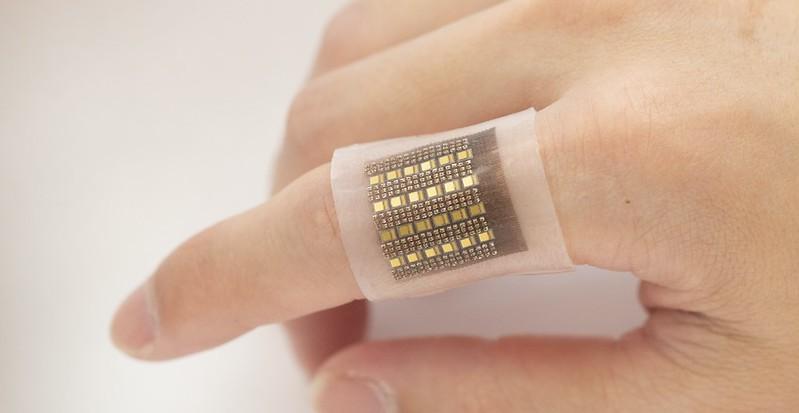The new electronic patch is the handiwork of engineers at the University of California San Diego and an extension of research by the same group that we reviewed in 2018. The researchers' earlier patch used ultrasound waves to continuously monitor the thickness of pulsating blood vessels to offer real-time readings on blood pressure.
The team has now deepened the field of cardiovascular monitoring even further by developing a version to monitor blood perfusion. This bodily function is key to healthy tissue function and the transport of oxygen and nutrients. When impaired, it can also be an indicator of conditions such as serious organ dysfunction and heart attacks. Meanwhile, abnormal blood pooling can also indicate bleeding or malignant tumors. Let's dive into the details of our remarkable science news. Note that this research was published in the journal Nature Communications.
Also See: Cybersecurity Startup VMRay Receives $34 Million Investment
Details About the Patch

Continuous monitoring of blood perfusion can therefore help detect these life-threatening conditions. The team also initially tried to achieve this by focusing on the biomolecule hemoglobin in deep tissues. The study was co-authored by Sheng Xu,
While existing technologies such as MRI and X-ray computed tomography can detect biomolecules such as hemoglobin, they only do so instantaneously, not continuously. Current wearable solutions can only detect them closer to the skin. The team's patch is designed to offer a long-term monitoring option for biomolecules deep within, using lasers.
Adheres Easily to the Skin

The patch itself is flexible and adheres comfortably to the skin. It contains laser diode arrays and piezoelectric transducers in a soft silicon-polymer matrix that send pulsed lasers into the tissues below. Biomolecules in the deep tissues absorb this optical energy, causing acoustic waves to propagate around them. Study author Xiaoxiang Gao,
During testing, the system also proved that it can generate 3D maps for hemoglobin in tissues a few centimeters below the skin, at sub-millimeter spatial resolution. The team says the lasers can be tuned to detect a range of biomolecules by varying their wavelength, and monitoring core temperature is one of the possibilities explored. The study was co-authored by Xiangjun Chen,





No comments yet for this news, be the first one!...